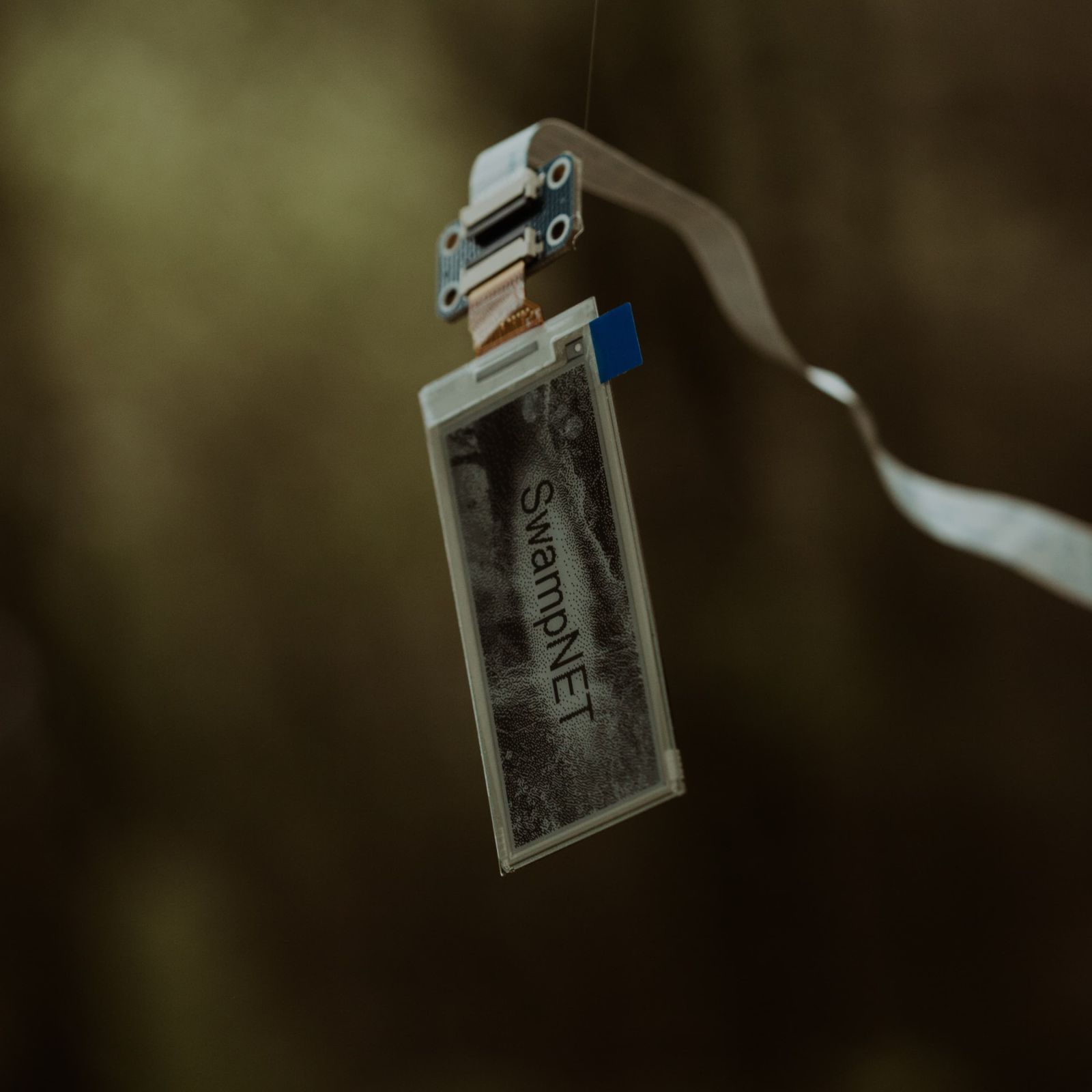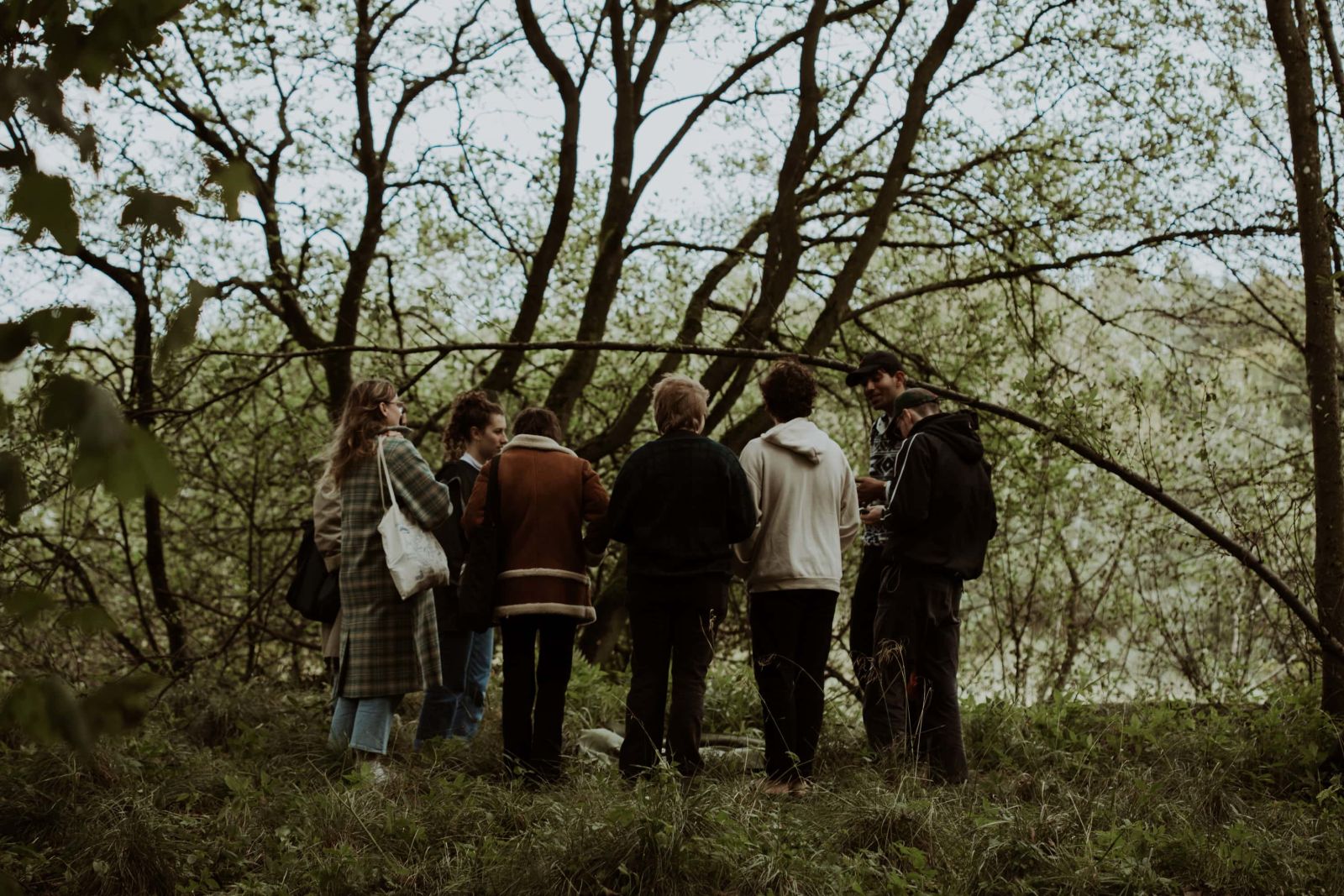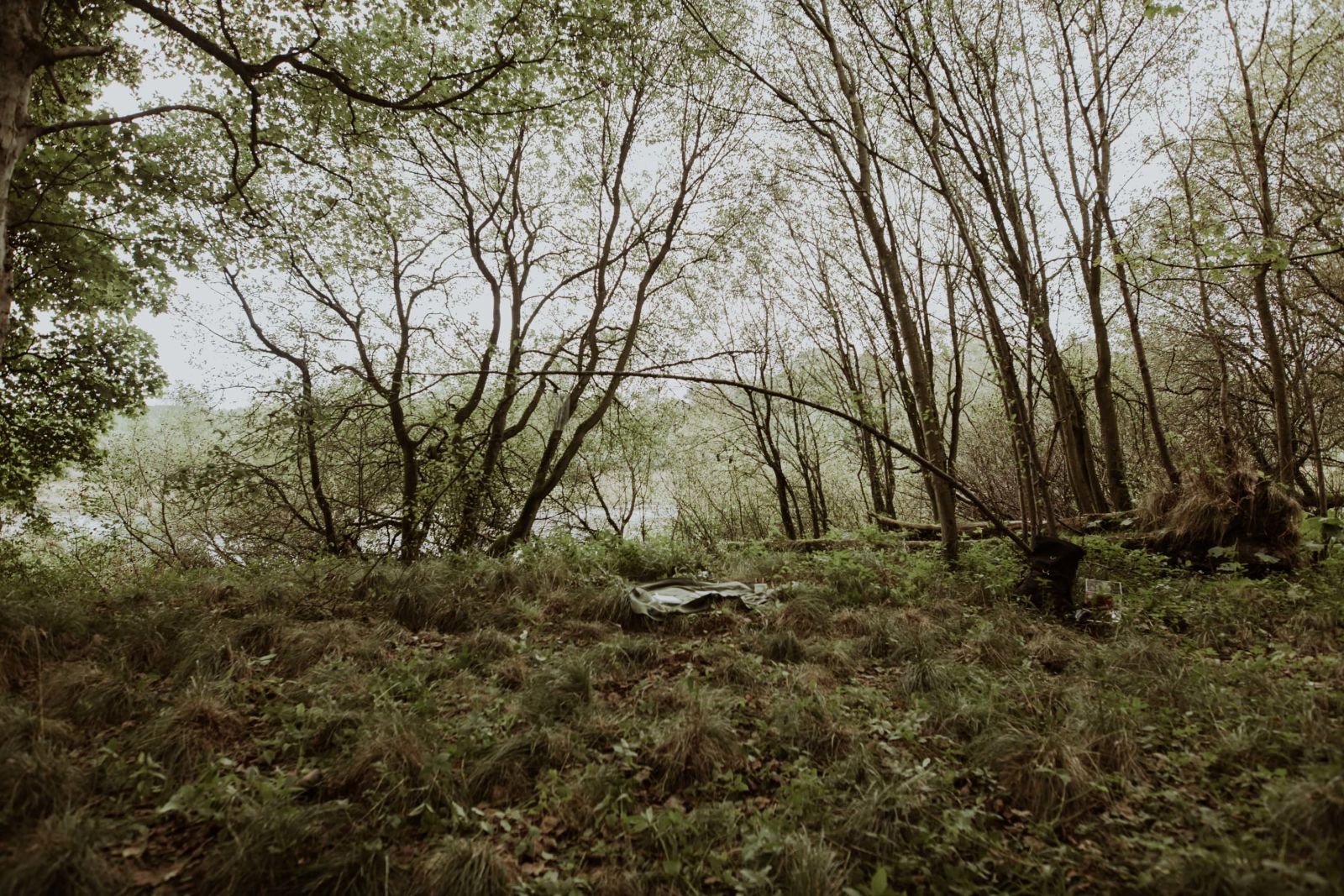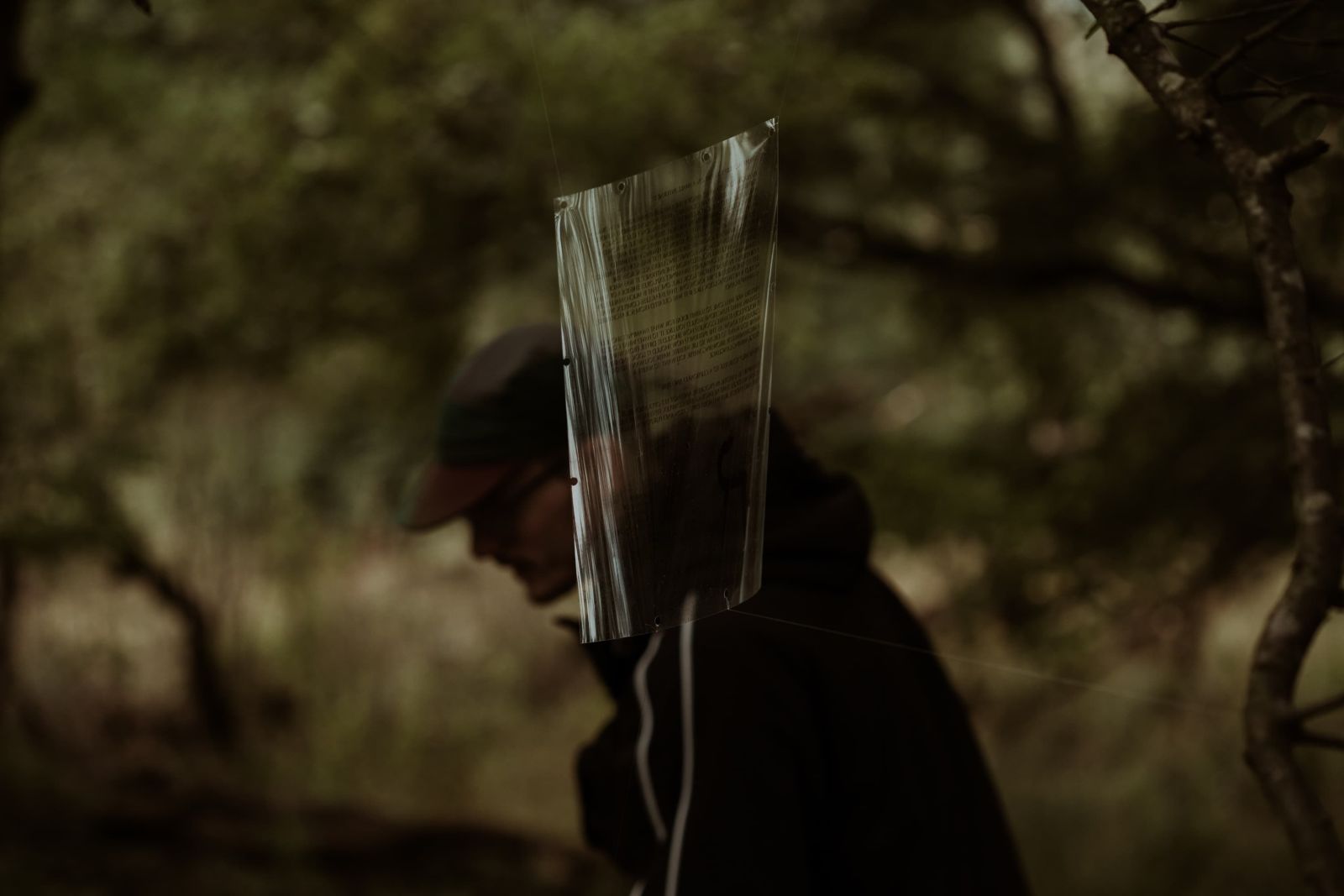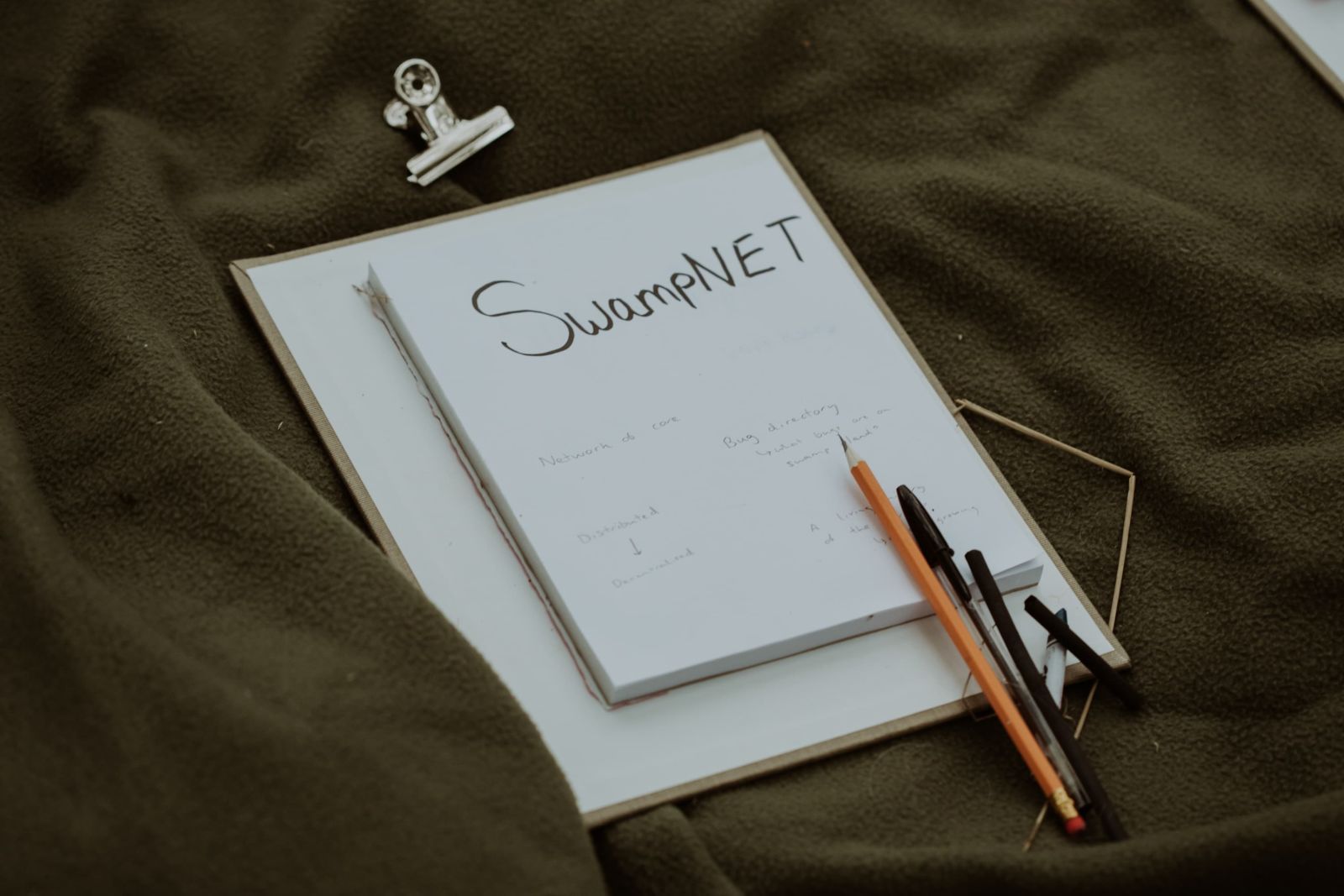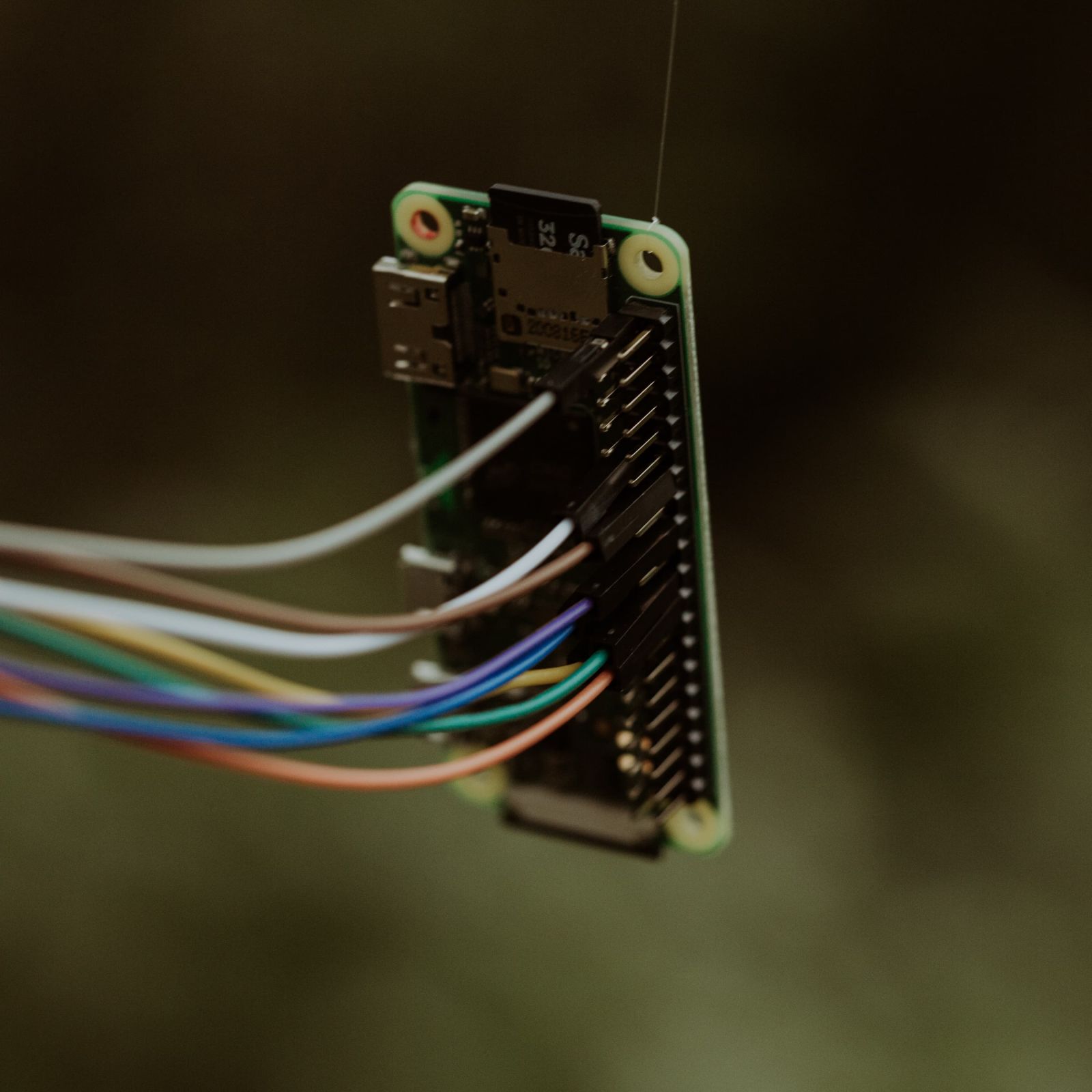SwampNET
What would you put on a small internet?
Info
What would you put on a small internet?
Exploring the complexity of today's web and the invisibility of the ‘cloud’, SwampNet considered what a new internet might contain at swamp island.
In August 2019 plans to absorb the largest community network in the world, street network (SNET), into the government funded and regulated the Joven Club de Computación y Electrónica (Young Club of Computation and Electronics) were approved. It is still yet to be seen the effect this will have on SNET and its operations. SNET was Cuba’s solution to having very limited access to what we know as ‘the internet’. It was a decentralised, community run network connecting users all across the country, completely isolated from ‘the internet’. It was made by a community for a community. SwampNet explores this idea of what a different internet might look like. One that is much smaller in size to ‘the internet’ we know, one that is far less complex. What would a network look like if it was created from scratch here at Swamp Island.
Visitors were welcome to submit ideas for what SwampNet should contain. What functions they would like it to have? What could it hold? Does it have cookies? How should it differ from what we currently know as the internet? How should it look and feel? Maybe they drew their own website. Maybe they drew a mechanism for browsing. Maybe they wrote a programming language.
SwampNet is a work in progress, and not yet operational. It acknowledges that networks are complex systems that require time and energy, but without direction and purpose are lost.
